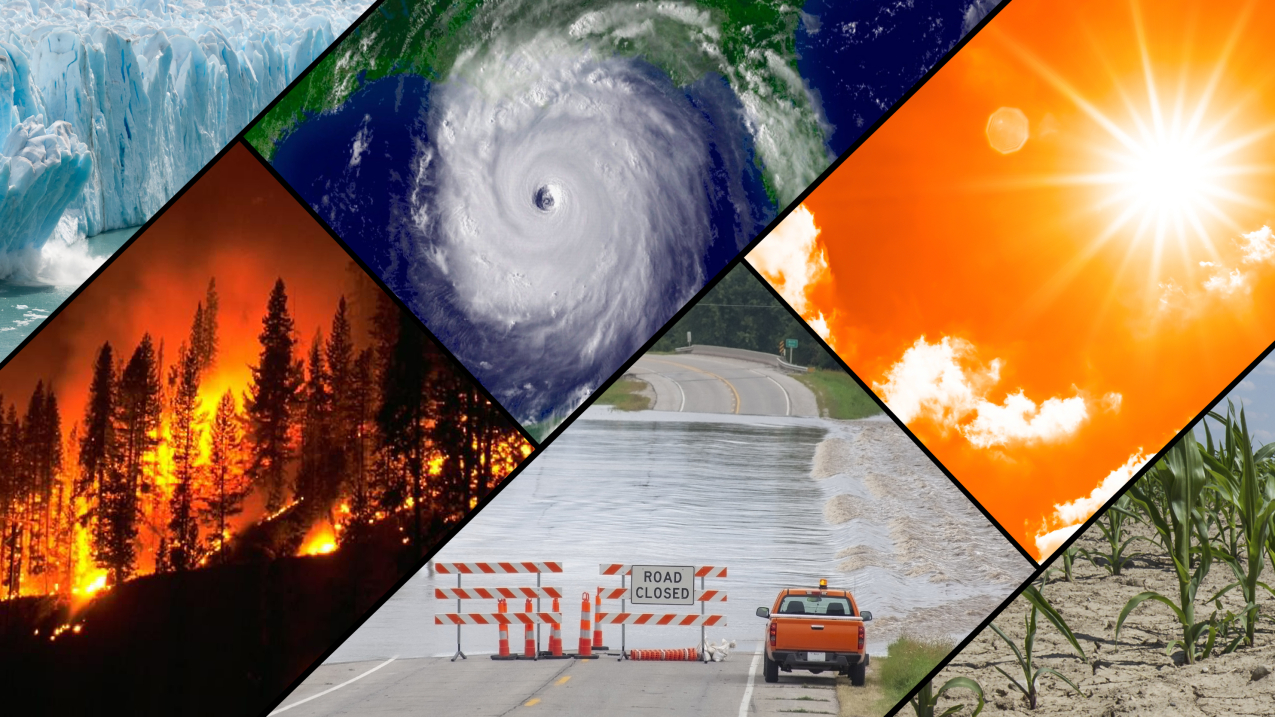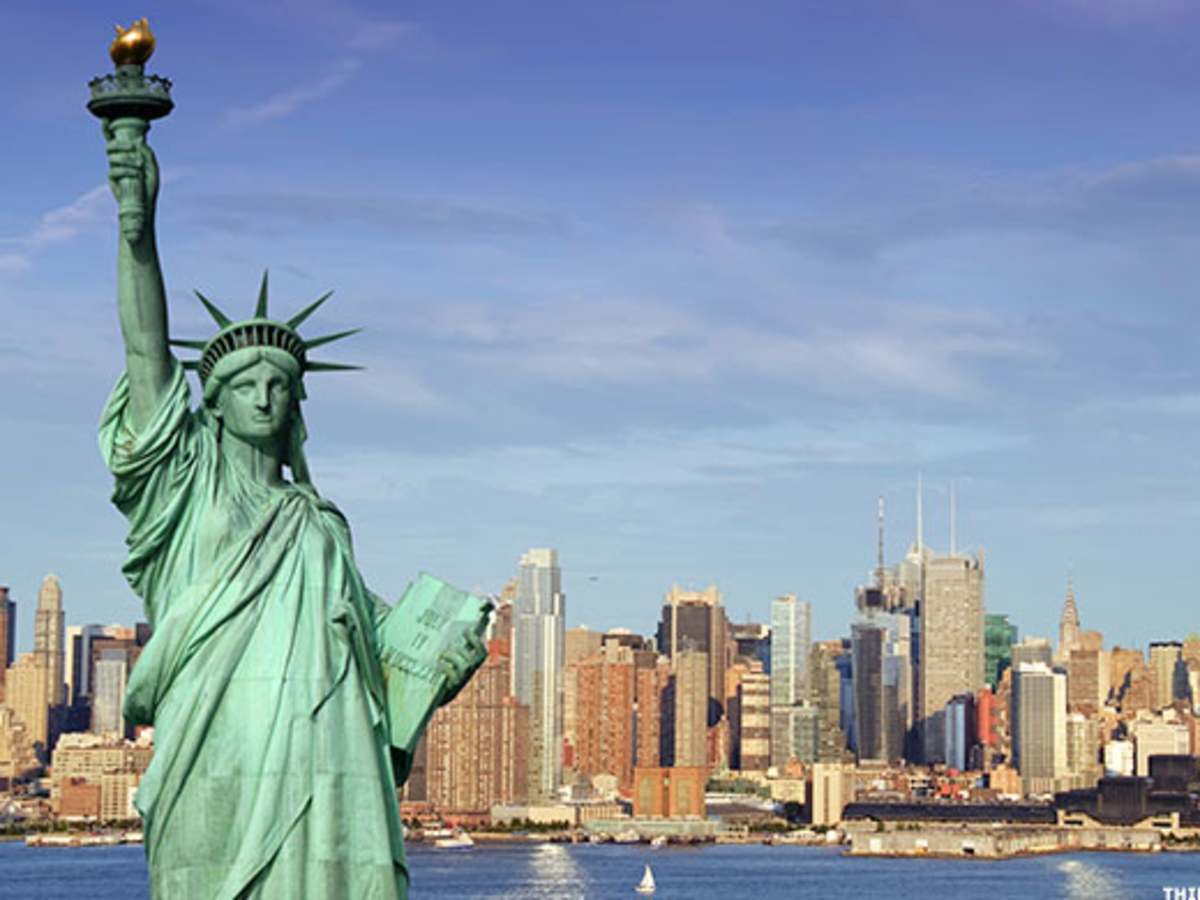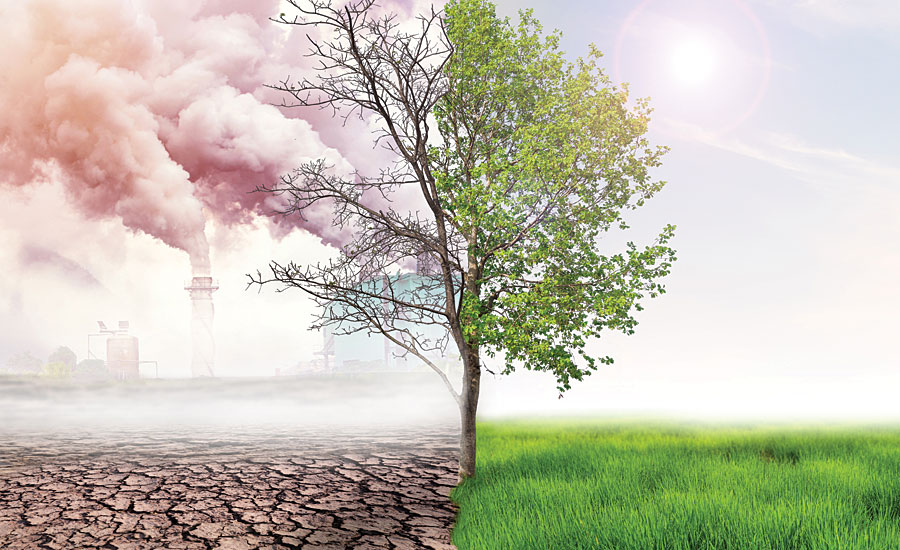As millions of Americans flock to the nation’s coasts, islands, and national monuments this summer, experts have a sobering message: climate change is rapidly reshaping some of the United States’ most iconic destinations. From devastated tropical islands to a flooded capitol, these changes are unfolding at an alarming pace with no signs of abating.

California’s Big Sur Coast Highway in Peril
California’s Big Sur Coast Highway, a beloved scenic route known for its breathtaking views of the Pacific Ocean, is increasingly threatened by climate change. The highway has become more inaccessible due to landslides, cliff collapses, and rockfalls caused by intense winter storms and wildfires exacerbated by climate change. The road, constructed in the 1930s, now faces unprecedented levels of damage, requiring frequent closures.
Outer Banks Confronting Sea Level Rise
North Carolina’s Outer Banks, a popular destination for over 5 million visitors annually, is also grappling with the effects of a warming climate. The low-lying barrier islands are experiencing more frequent flooding and erosion, with the impacts of higher sea levels visible both along the beaches and inland areas. The Albermarle Sound in the Alligator River National Wildlife Refuge is witnessing a transition from freshwater bogs to salt marshes, resulting in ghost forests where saltwater intrusion kills trees. The North Carolina Department of Transportation has even created a dedicated Facebook page to provide updates on NC 12, a critical roadway frequently affected by dune overwash and flooding. Communities in the Outer Banks are now facing difficult decisions regarding sand replenishment to replace eroded dunes and whether to retreat from certain oceanfront developments.
Washington, D.C.’s Historic Sights Under Threat
In Washington, D.C., some of the nation’s most iconic tourist attractions, including the Tidal Basin and its surrounding monuments, are sinking. The man-made Tidal Basin, home to the Thomas Jefferson Memorial, the Martin Luther King Jr. Memorial, and cherry trees symbolizing international friendship, is experiencing rising water levels and subsidence, leading to frequent flooding.
Over the last century, sea levels in the area have risen by more than 13 inches, with the rate accelerating. The National Park Service has initiated a $113 million project to restore the seawall and widen walkways to address the twice-daily flooding. Despite these efforts, experts warn that a longer-term plan is needed to preserve the monuments. Without significant intervention, the entire Tidal Basin walkways could be underwater in 70 years.
Key West Faces Multiple Climate Threats
Key West, Florida, is highly vulnerable to sea-level rise, with many parts of the island, including its bustling downtown, barely three feet above sea level. NASA predicts that Key West could experience up to seven feet of sea-level rise by 2100, which would submerge much of the area. Additionally, the city faces increasingly hot summers and severe hurricanes, both intensified by climate change. The city is developing a Climate Adaptation Plan to assess and address these threats, with a focus on resilience. Visitors are advised to remain flexible and consider travel insurance, especially during hurricane season from mid-August to mid-October.
Hawaii’s Tourism Faces Climate Challenges
Hawaii, renowned for its idyllic landscapes, is also confronting significant climate-related challenges. Last year, Fodor’s Travel listed Maui among the top destinations tourists should reconsider due to environmental damage from over-tourism and climate change. Wildfires, which recently devastated Lahaina, displacing residents and causing over 100 deaths, highlight the increasing risks.

The islands are expected to face more wildfires, hotter temperatures, coastal erosion, and extreme weather events, according to climatologist Abby Frazier.
